One of the last 2006 Tasteoff teas I haven’t tried — the 06 Xiaguan Baoyan FT minicake, from Estif. You can see a few other people’s here.
FT, or Feitai, is an interesting company. Aside from the obvious fact that they have mafia connection, FT basically specializes in custom order cakes, tuos, bricks, and that kind of thing from big factories, namely Menghai, Xiaguan, and more recently, Zhongcha. There are quite a few of them out there. The Gold and Silver dayi are among them, as well as some very recent, new cakes that I tasted in Beijing, pressed by Zhongcha, called Yunmei (Cloud Plum — actually a varietal of tea grown in Yunnan, mostly used for greens, traditionally anyway). The stuff they make, from the ones that I’ve tried, tend to fall in line with large factory taste — but better. How much better is up to individual taste. I don’t think they’re so far above and beyond regular factory stuff to deserve the high premium that some of them charge. The market disagrees, although I think that’s more because it has a collectible premium (i.e. every special order is a one of a kind cake) than anything else.
The tea in question is made under the Baoyan brand, which is, as some of you know, made largely for consumption in Tibet. Tibet, Xinjiang, and Inner Mongolia has really been shafted by the puerh craze. Prices of puerh of all kinds have shot up drastically, and for these people, tea is not only a luxury — it’s a necessity. In their diet there’s very little vegetables (if at all). It’s high in fat content as well. Tea therefore becomes very important as a source of vital nutrients, such as vitamin C, and also as a way to help digesting the fatty food. Prices being what they are though, the people in those regions are increasingly having to drink poorer and poorer tea. I have read stuff on Sanzui about how some farmers basically trade sheeps for tea. Imagine that… it’s that important to them.
So it is a little odd that FT would order bings being made to the Baoyan brand. It wouldn’t be particularly well known in Taiwan, where presumably this was headed, although Feitai also has a healthy presence in mainland China as well. A new store just opened a few months ago in Maliandao, for example, and the owner was giving out free cakes for people who were coming in the first day. I sadly missed it because I was out of town 🙁
The tea looks better than your usual Baoyan stuff, which is basically teabag material — fannings. This one has discernable leaves

It brews a darkish liquor, quite cloudy, and a little thick.

The taste…. well, suffice to say, this is low grade tea. It’s sour, bitter, not too aromatic. There’s not much smoke that I could taste, I suppose those notes, which were apparently prominent, are no longer around. However, it’s still a pretty unpleasant tea to drink. The one thing it does do is leave a long tail in the throat, but that’s perhaps the only redeeming feature of the tea, and even that tail only lasted a few infusions. There’s no qi to speak of, as far as I could tell, and not much of interest other than the notes I’ve listed above. It’s better warm. For one infusion I went and did something and came back to it with the tea having cooled significantly. I tried it… and wanted to spit it out. It’s quite horrific when cold.
Good endurance, however, since it lasted longer than me (I tried maybe 9-10 infusions?). Judging from other peopel’s notes, 9-10 infusions is already quite heroic.
Wet leaves is… chopped liver. Nothing too interesting to look at, honestly. Quite common factory type stuff. I do think this tea can age well given time and a suitable climate. I somehow don’t think this is tea that will do well in pure dry storage.
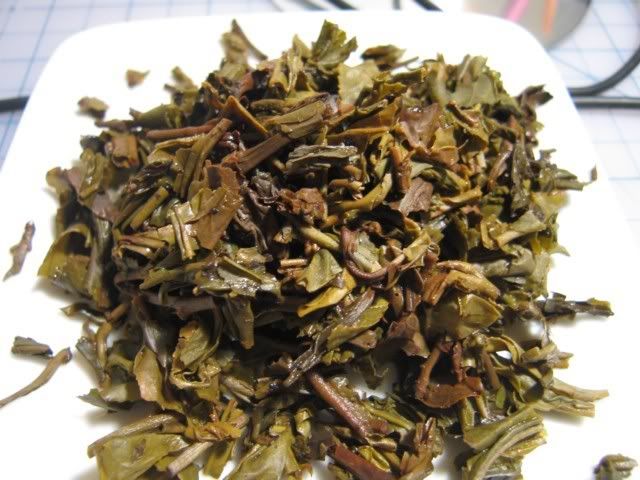



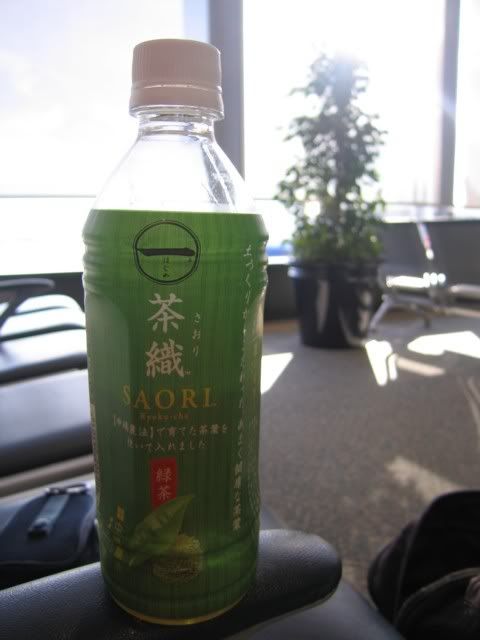
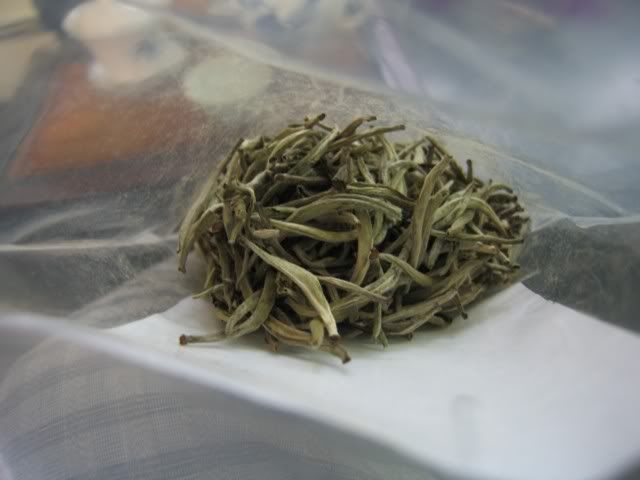
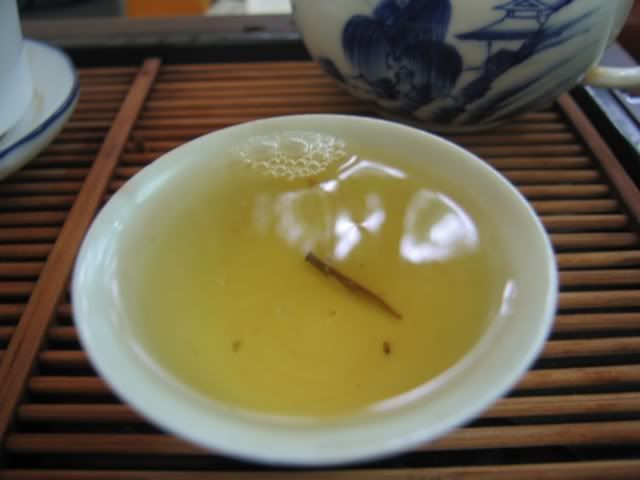


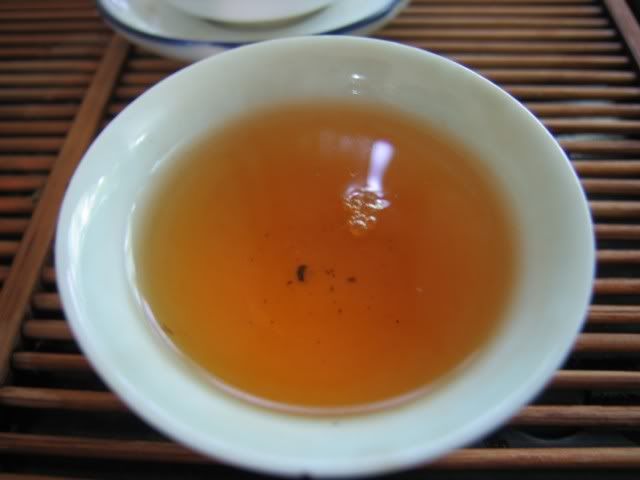
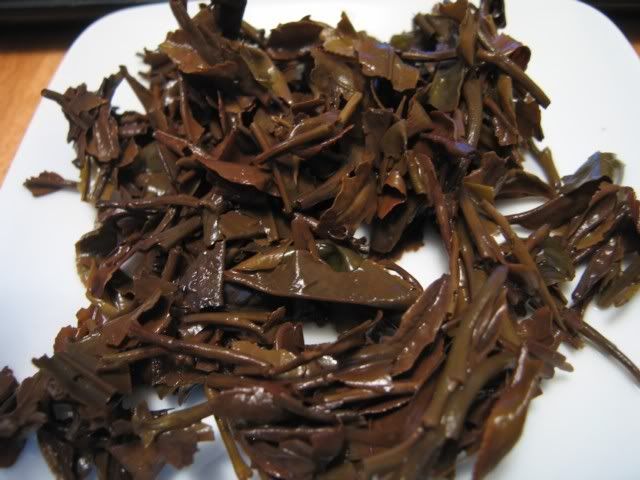
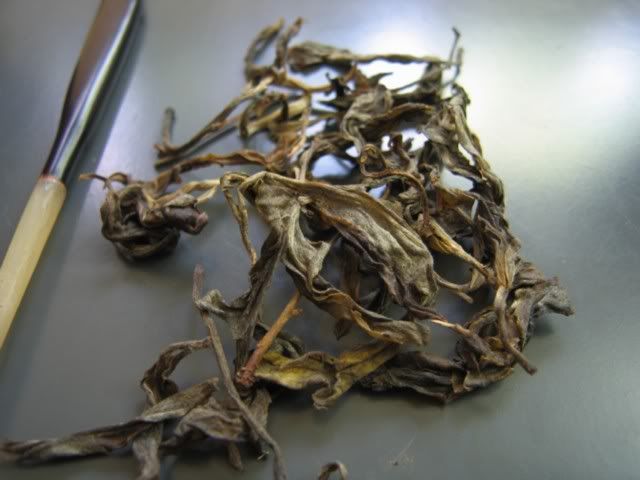
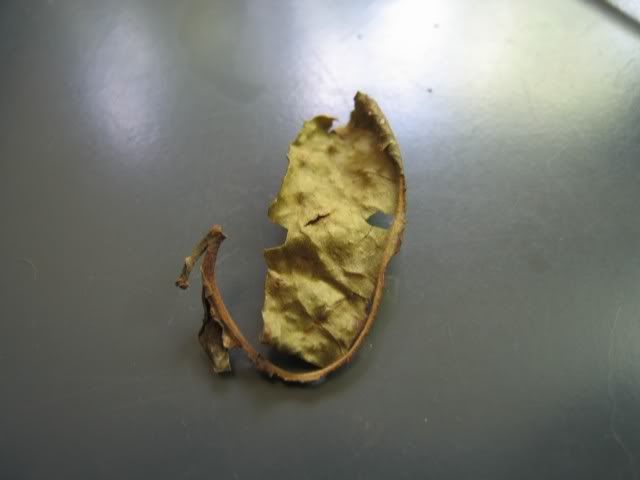
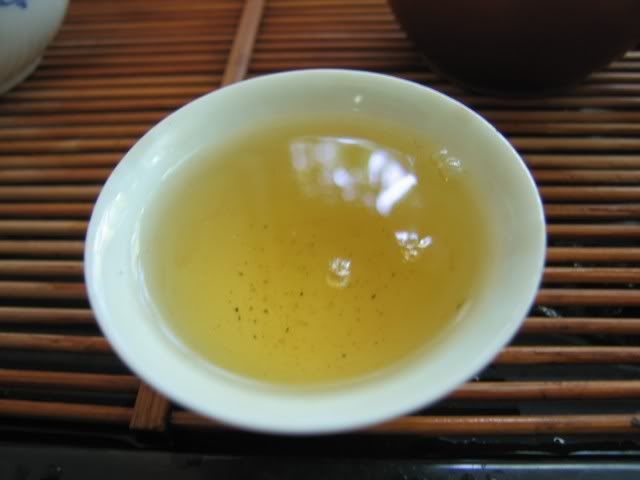

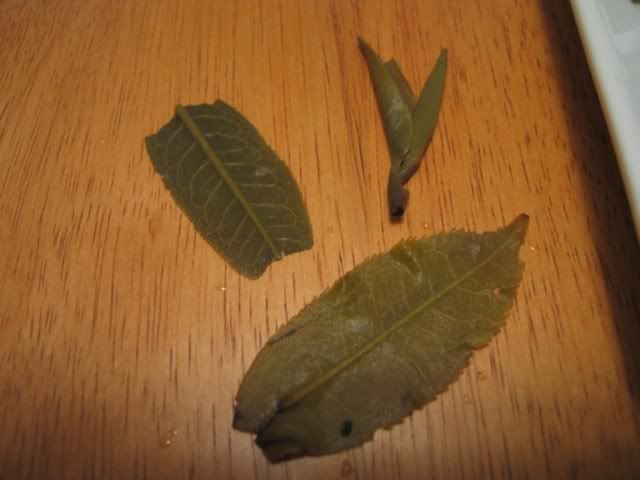



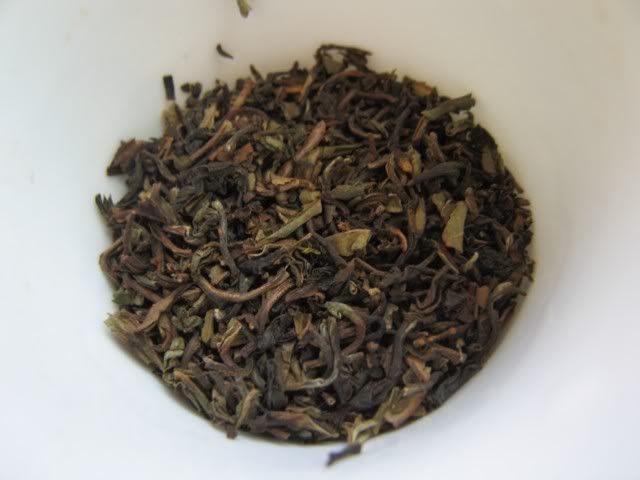
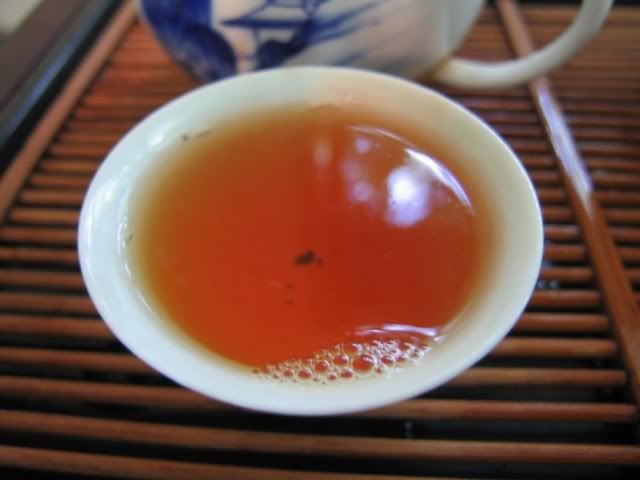
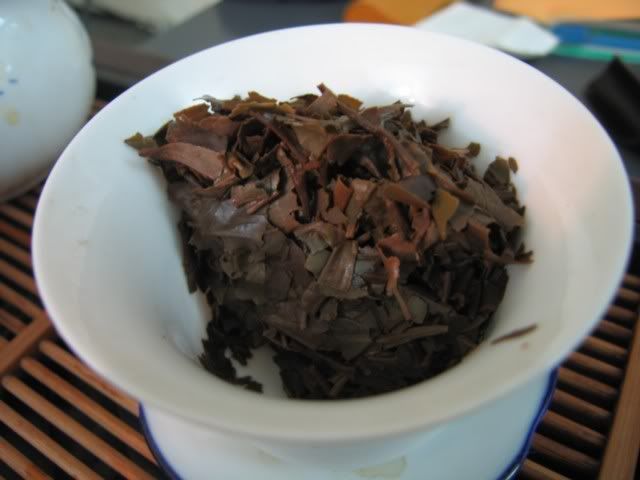
Yeah whisky prices have been leaking too, as well as luxury watches. I wrote a post maybe a decade ago…